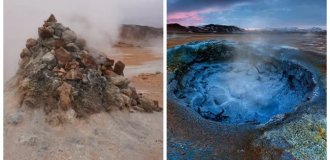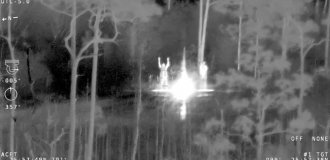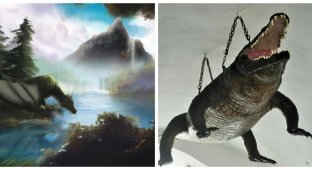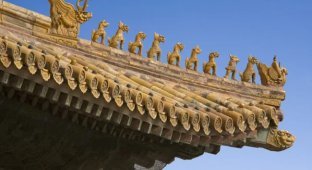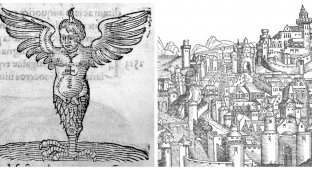Mushkhush - the beast with which the legend of dragons began (12 photos)
Imagine a creature with a thin, scaly body, a long neck, and an even longer tail. Its paws are like a lion's, and its legs are like an eagle's. It has horns, pointed ears, and eventually wings. 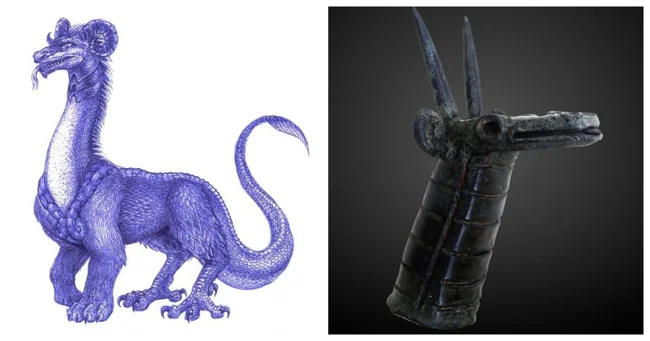
This is not just a figment of the imagination - this is Mushkhush (other names: Sirrush, Mushkhushshu), an ancient Mesopotamian dragon, which could have become the prototype of all dragons in world mythology.
One of the first mythical creatures, Mushhush left its mark not only on Mesopotamian legends, but also on the culture of other peoples. Perhaps we have the very first "real" dragon before us.
Who is Mushhush? 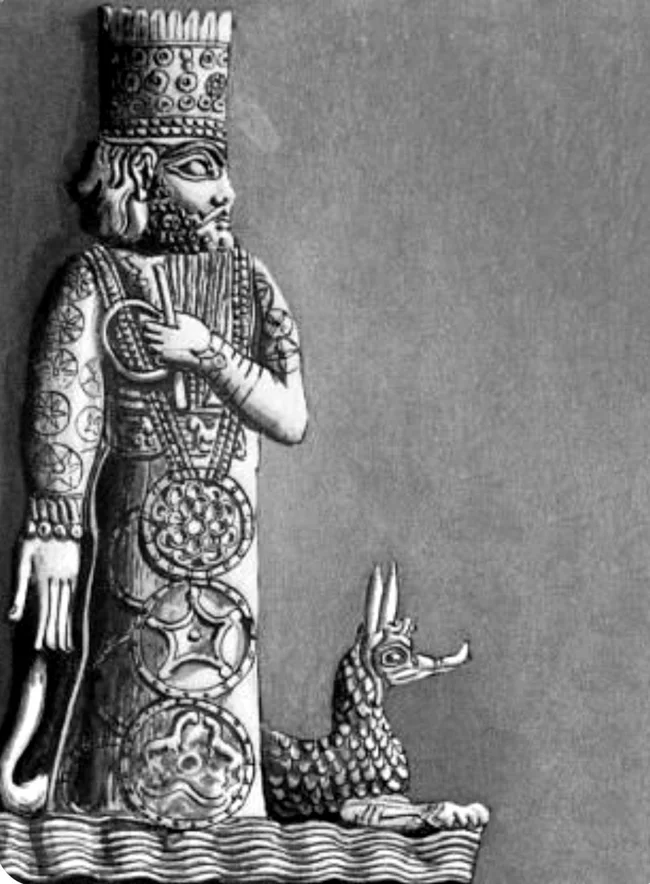
The Mesopotamian god Marduk
Sometimes called the dragon of Marduk, the patron god of Babylon. This beast became a symbol of victory and strength, especially after Marduk triumphed over chaos and established order in the world.
According to legends, Marduk was the son of Enki and Damgalnunna, two ancient deities who created the Earth. The story of their son is told in the epic Enuma Elish, where Marduk defeats the dangerous and ferocious Mushkhush and makes him his faithful servant. Since then, this dragon has become more than just a beast - it has become a symbol of power and victory.
The Dragon on the Gates and in the Hearts of People 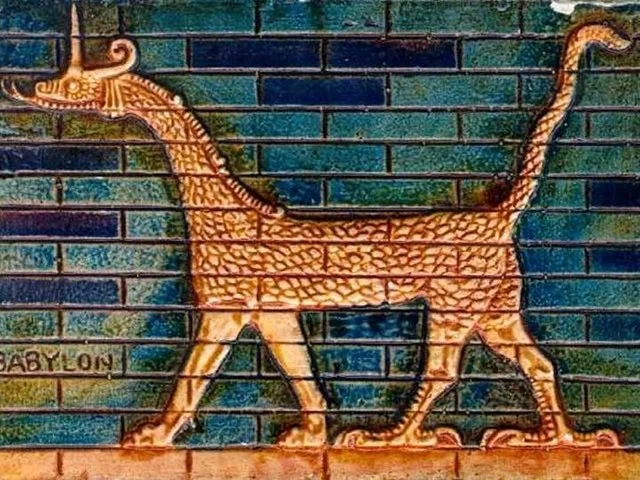
Image of Mushkhush on the Ishtar Gate
Mushkhush occupied an important place in Mesopotamian culture. He was considered not only a protector from enemies, but also the personification of the favor of the gods. Therefore, it is not surprising that his image could be seen on one of the most magnificent monuments of antiquity - the Ishtar Gate in Babylon. 
Reconstructed Ishtar Gate in the Pergamon Museum in Berlin
This famous gate was built in 575 BC by King Nebuchadnezzar II to protect and glorify the capital of the empire. And at its base, among images of lions, bulls and plants, stood proudly the dragon Mushhush - a symbol of power and divine protection. 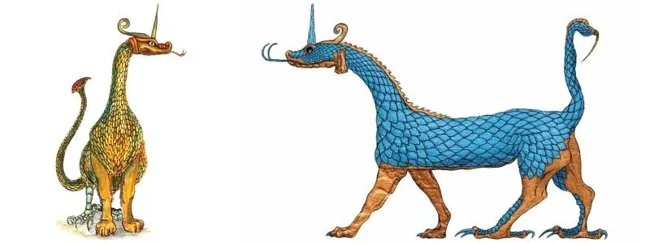
Some of these slabs can be seen today in Berlin, in the Pergamon Museum, where they remind us of the greatness of ancient Babylon.
The Mother of All Monsters: The Children of Tiamat 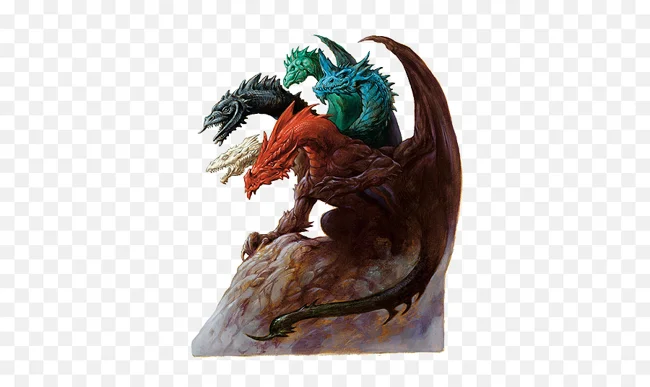
Tiamat is considered the mother of all dragons
Tiamat, the ancient goddess of water and chaos, is considered the mother of many monsters, including Mushhush. Her family included such terrible creatures as Usumgallu, Musmahhu and Basmu - three-horned dragons, which were later defeated by the god of agriculture Ninurta. 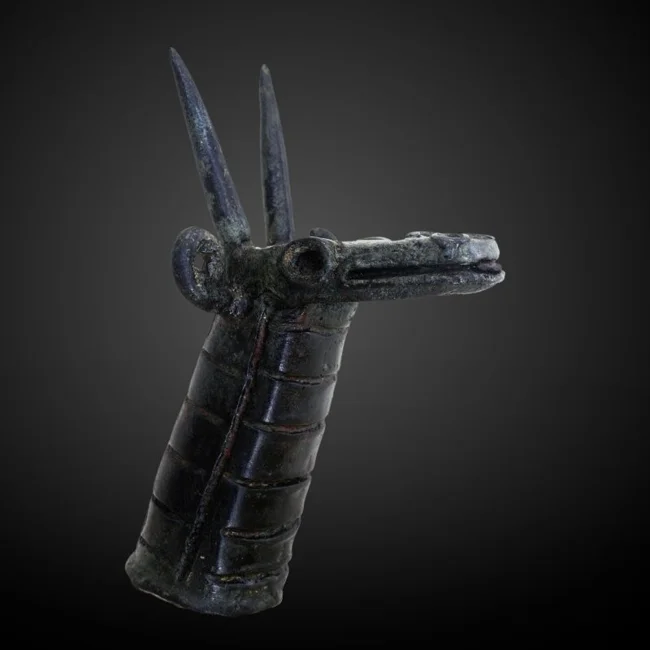
Neo-Babylonian statue depicting the dragon Mushkhushshu
It is interesting that these mythical creatures could have inspired the ancient Greeks to create the image of Cerberus - the three-headed guardian of the underworld.
The Star Dragon and the Cosmic Struggle 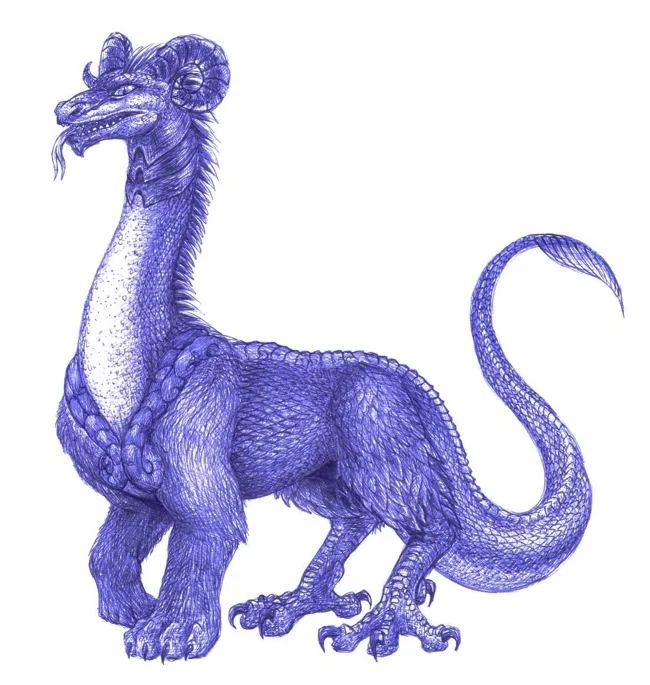
Even in the starry sky, the ancients saw traces of Mushkhush. The Basmu constellation was depicted as a creature combining the features of a snake, a fish, a lion, and an eagle. For the Greeks, it turned into the Hydra, a giant multi-headed snake.
In Mesopotamian culture, dragons were often associated with demons or deities in the form of a snake. For example, Tishpak, the enemy of Marduk, was depicted as a slender dragon-snake. In fact, the dragon became a universal image of the struggle between chaos and order, evil and good.
Vritra and Indra: an Indian Parallel 
Vritra and Indra
In Indian mythology, there is an analogue - Vritra, a serpent-dragon who personified drought. He was a water deity, but instead of life, he brought death, blocking the water flows. He was defeated by Indra, the supreme god of the sky.
Such myths echo each other in different cultures around the world, showing how deeply the image of the dragon is rooted in the human consciousness.
Dragons of the East and West 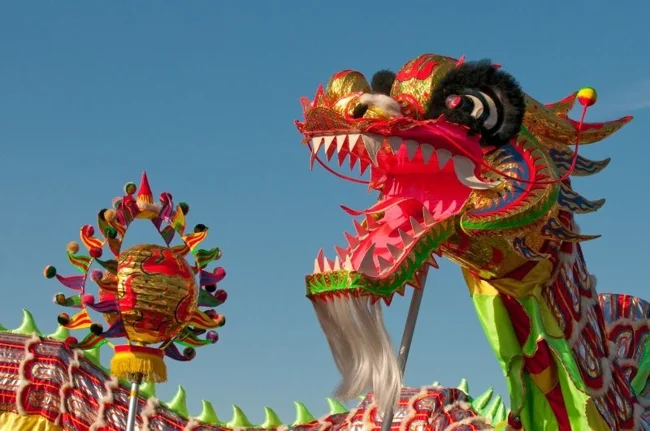
Nian - a ferocious beast from Chinese legends
China also has its share of dragons. The most famous of them is Nian, a beast that attacked villages on New Year's Eve. To drive it away, people used red colors, firecrackers, and fireworks - a tradition that still lives on. 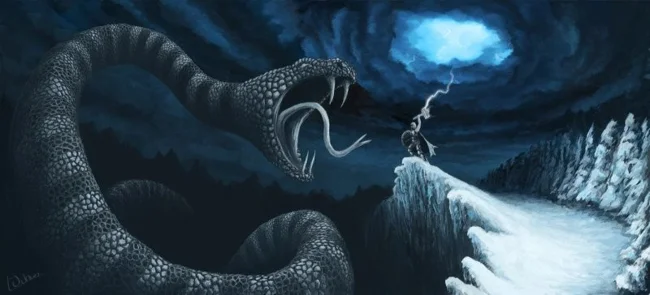
And the Vikings, the sea warriors of Scandinavia, decorated their ships with dragon heads. These drakkars were not just warships - they were part of the myth of Jormungandr, a huge serpent that encircled the world.
Mushkhush: from stone to legend 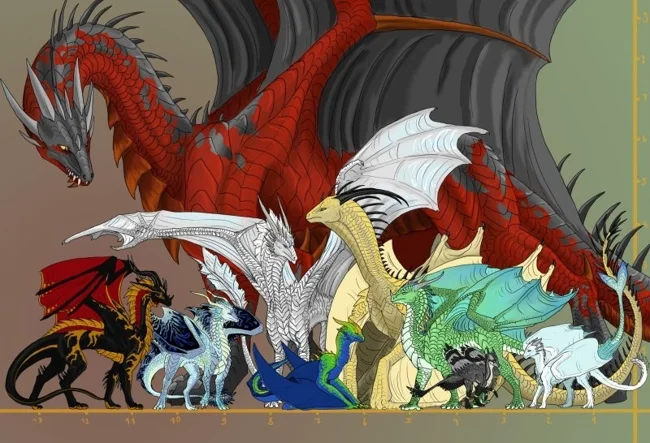
Mushkhush is more than just a mythical creature. He is a symbol of the struggle between chaos and order, between man and the divine, between fear and victory. He is embodied in stone, imprinted on gates, reflected in the stars, and lives in thousands of legends around the world.
Maybe it was with him that our love for dragons began?





